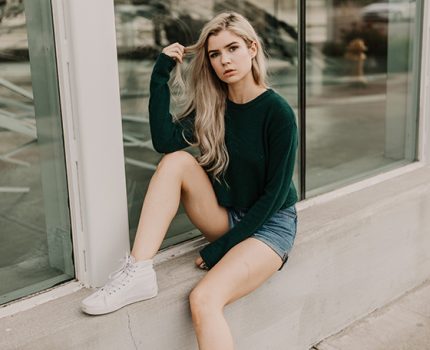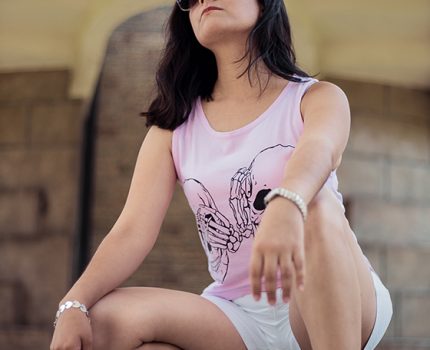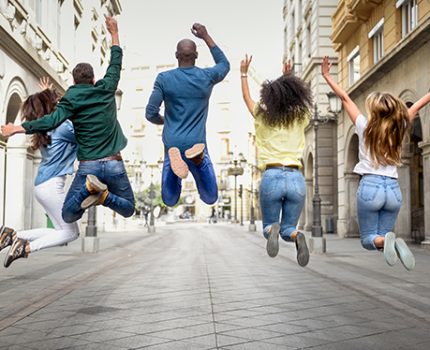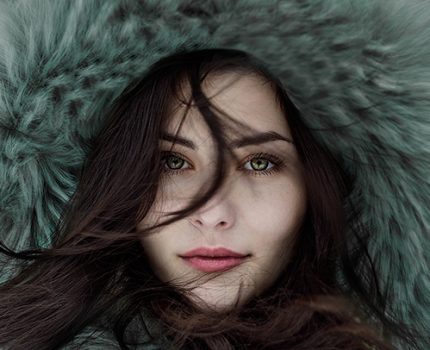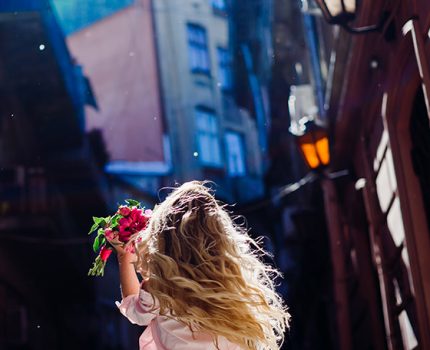The Impact of Costume on Audience Perception
Costumes play a pivotal role in shaping audience perception during performances. Meticulously designed attire can transform an actor’s portrayal, offering visual appeal and thematic relevance that significantly influences viewer interpretation. They anchor narratives within specific contexts, subtly convey character traits, and utilize color symbolism to evoke emotions. In genres like science fiction and fantasy, imaginative designs bring fantastical worlds to life, while costume transitions throughout performances often indicate plot shifts or personal transformations. Overall, costumes bridge the gap between performer and spectator, making stories more compelling and characters more believable.

